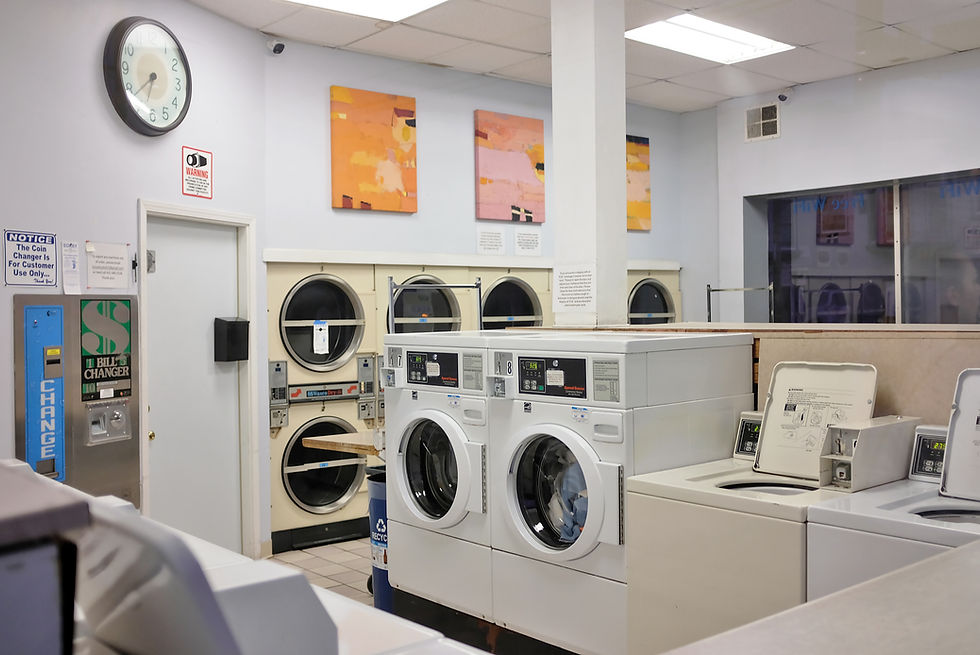
Jess Wilder
14 Jun 2025
How to use home inventory management app
A home inventory management app simplifies tracking every item in your home—from furniture to gadgets. It ensures you know what you own, where it’s stored, and its value, all accessible via smartphone. Especially helpful for insurance claims, moving, or budgeting, it brings clarity and control to household possessions.
Why You Need to Know About Home Inventory Management App
Learning how to use home inventory management app empowers you to maintain accurate, up-to-date records. Whether you’re protecting valuables or organizing seasonal items, knowing your contents in real-time boosts security and efficiency. From decluttering tips to verifying asset ownership, it's a vital resource for every homeowner.
When and Where to Use a Home Inventory Management App
When should you use it?Start when you first move in, after major purchases, or anytime you need a clear overview—like tax season or remodelling. Use it during annual reviews, before vacations, or after storm season to document your possessions for insurance.
Where does it shine?
Throughout your home: Take photos and store them in-app, room by room.
During moves: Ensure nothing gets left behind or damaged.
While decluttering or selling: Quickly find and catalog items.
For insurance claims: Having pre-recorded data makes claims smoother.
In shared family contexts: Manage home kitchen inventory management or communal electronics with ease.
With the right timing and application, you can proactively track and protect what matters most.
Who, Why, Which, and How
Who benefits?Homeowners, renters, apartment dwellers, collectors, and anyone needing organized records of home items.
Why use it?To simplify insurance claims, avoid duplicate purchases, maintain warranties, track locations, and support inventory control during moves.
Which apps stand out?
Sortly: Barcoding, photos, folder structure
Nest Egg: Easy tracking with reminders
BluePlum Home Inventory and Itemtopia: Complete with services/records
HomeZada: AI-powered value estimation, insurance-ready
HomeBox: Open-source, container-hosted, lightweight
How to get started:
Choose and install an app on iOS/Android.
Create your account and set up home structure (rooms/categories).
Photograph and describe items—serial numbers, purchase date, value.
Tag locations and upload receipts or warranties.
Use features like QR codes, barcodes, or AI estimates.
Back up data in the cloud or export for insurance.
Update regularly—after buying, selling, or moving items.
Important Facts About Home Inventory Management Apps
Insurance and claims efficiency – Apps create evidence logs with photos and dates, streamlining the claims process.
Preventing duplicates – Seeing what you already own prevents wasted purchases—ideal for home kitchen inventory management.
Valuation tools – Apps like HomeZada estimate current value using AI, helping with accurate coverage
Organizational features – Sortly and Nest Egg allow folder hierarchy, low-stock alerts, and customizable fields
Open-source options – HomeBox offers a self-hosted, privacy-centric inventory alternative
Barcode and QR features – Tools like Sortly support scanning to fast-track logging .
Cross-device sync – Cloud backup means data stays safe even if your mobile is lost.
Reminder functions – Some apps alert when warranties expire or maintenance is due—helping with proactive care.
Decluttering aid – Inventory visibility is helpful for organizing or preparing storage.
Affordable tiers available – Many apps offer free versions for basic use; paid tiers unlock advanced features like shared access and export reports .
Top 7 Home Inventory Management Apps – Pros & Cons
1. Sortly
Pros: User-friendly UI, folders, photos, barcode/QR, reporting Cons: Heavier use requires paid plan, initial setup time-consuming
2. Nest Egg
Pros: Simple tracking, notifications, multi-profile support Cons: Premium needed for advanced export/data syncing
3. BluePlum Home Inventory
Pros: Rich record capabilities—including services, inventory history Cons: More features can feel overwhelming for casual users
4. Itemtopia
Pros: Full asset, services, reminders tracking Cons: Paid tiers may be pricey for basic users
5. HomeZada
Pros: AI value estimates, insurance-ready PDFs Cons: Focused on insurance/pro users; complexity for simple tracking
6. HomeBox (open-source)
Pros: Self-hosted, private, lightweight Cons: Requires Docker and server knowledge, no mobile apps out-of-box
7. HouseBook
Pros: Easy photo/input, cloud sync, free tier Cons: Less robust advanced reporting/tools
FAQs
Q1: What is home inventory management?It’s tracking every item in your home—location, value, condition—for organization, insurance, or decluttering.
Q2: Are home inventory apps free?Many have free tiers; advanced features often need paid subscriptions
Q3: Are open-source options available?Yes—HomeBox offers a self-hosted, privacy-friendly alternative
Q4: How does inventory help insurance?Provides timestamped photos, serial numbers, and files to support claims efficiently.
Q5: Can it manage kitchen items?Absolutely—home kitchen inventory management helps track pantry items, expiry dates, and usage.
Q6: Is cloud backup secure?Reputable apps offer encrypted backups; self-hosted options grant full control.
Q7: Can multiple people manage?Many apps support shared accounts or guest access for household collaboration.
Conclusion
Mastering home inventory management through an app empowers you with knowledge of what you own, its worth, and where it belongs. Whether you're safeguarding against theft, preparing for insurance claims, or organizing your home kitchen inventory management, how to use home inventory management app tools like Sortly, Nest Egg, HomeZada, or HomeBox brings clarity and peace of mind.
From barcode tagging and photo documentation to AI valuation and cloud sync, these apps streamline home administration and asset tracking. Choosing the right app—free, paid, or open-source—lets you tailor the experience to your needs. Consistent use turns inventory management from chore into habit, ensuring your possessions are protected, documented, and easy to locate. Start today and take control of your home’s contents with confidence and clarity!
How to Use Home Inventory Management App – Benefits, Uses, and Important Facts
Some of our other popular articles include: Unfite.com WhatsApp Tracker, Anime Watching Websites, GF Track WhatsApp, 4K YouTube Video Downloader, and Best Spy Apps for Android.